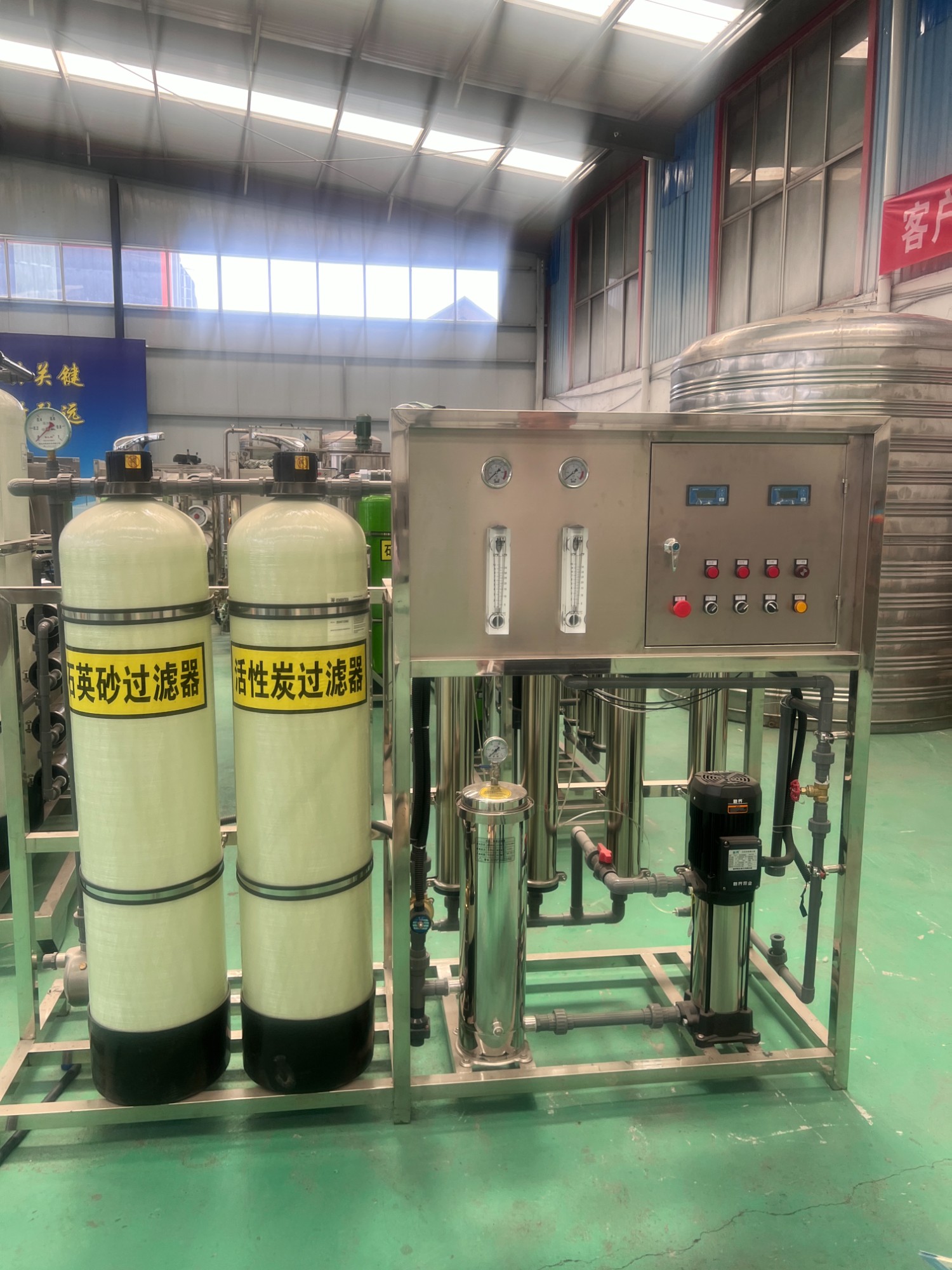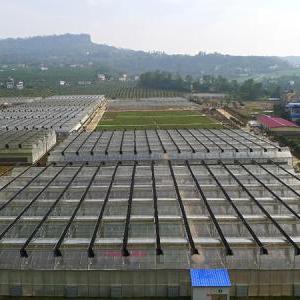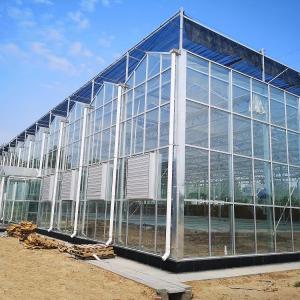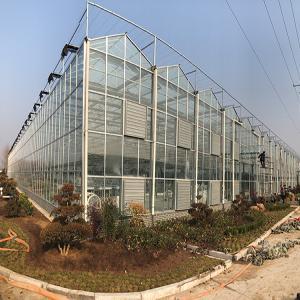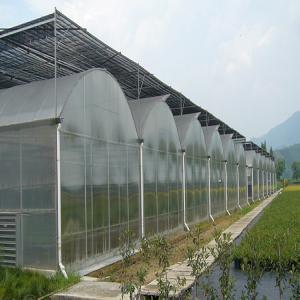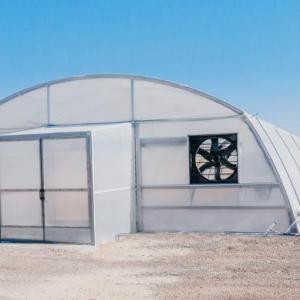Description
Reverse osmosis is a modern and new type of pure water treatment technology. To improve the purity of water quality and remove impurities and salts in water through reverse osmosis components. By varying the pressure on both sides of the reverse osmosis membrane and compressing the raw water through the membrane, the low salt concentration will permeate towards the high salt concentration direction. The equilibrium state that can be achieved is the osmotic pressure of the liquid. When the pressure on one side of the saline water is opposite to the osmotic pressure on the other side, reverse flow occurs, resulting in the reverse osmosis process.
Reverse osmosis pure water equipment is a device that uses reverse osmosis technology to remove impurities and dissolved solids from water. It is widely used in various fields that require high-purity water, such as drinking water treatment, industrial production, laboratory research and medical purposes. Reverse osmosis (RO) is a process that removes dissolved ions, organic matter and microorganisms in water through a semi-permeable membrane, which can significantly improve water quality. - Pretreatment system: Including sand filter, activated carbon filter and softener, etc., used to remove large particles, residual chlorine, organic matter and hardness ions in water, protect reverse osmosis membrane and extend its service life. - High-pressure pump: Provides sufficient pressure to push water into the reverse osmosis membrane, usually requiring a pressure several times higher than normal water pressure to overcome the osmotic pressure of the water. - Reverse osmosis membrane assembly: The core component is usually composed of a multi-layer composite membrane with high interception capacity, which can remove most dissolved solids, ions, microorganisms and organic matter in water.
